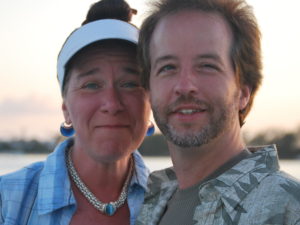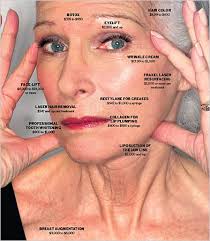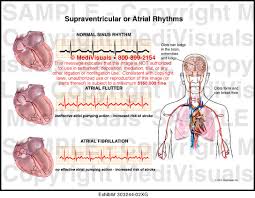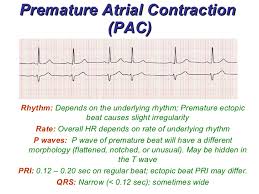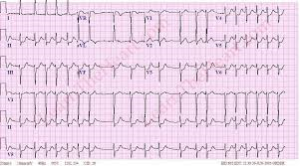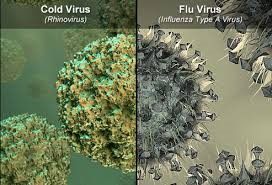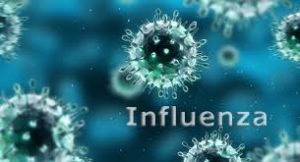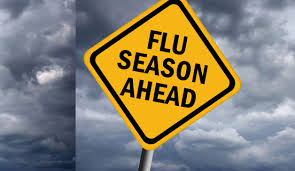The Loss of a Loved Pet. The loss of a loved ones Loss of relationships that went sour.
Let bad memories move on in your life (bad relationships to death)!
How do we do that?
First get through the bad experience. You can do that through the steps of dying through Erickson, which in my eyes pertains not just to death.
Your first step is to go through anger.
Anger egarding the bad experience or memory that has happened embrace that bad memory feel it. Shout, pound on the floor or cry if you have to (Guys, it’s OK to let your emotions loose and cry if something really hurts deeply–not for a little scratch…). Just let the feeling into your conscious mind. Soak it up, absorb your grief or sorrow. Think about it. Recall the memory and try to think it through.
Then the step of denial.
A step of grieving is denial which is a feeling like you may sometimes wonder whether a past event actually happened or not. Stop wishing that is didn’t happen which is a form of denial. Don’t get distracted from this difficult realization or memory of pain you’re going through. You need to keep embracing this memory for awhile to make it through acceptance.
The next step would bargain
Here for example if you let me live God I promise to be a better person or it could be if you allow me to work things out with my significant other for whatever the reason might be I promise to do… but be strong and do what it takes to make this commitment stick and go through. You could have down falls but pick up and make it through. For if you do you feel a lot better inside about the situation and yourself!
The next step would be acceptance.
Muster your strength so that you can mentally say (or out loud for emphasis), “This is the feeling that I dreaded. I’ve felt it and faced it completely. Now I have to let the feeling go, and not fight it anymore.” Sigh, take a couple deep breaths, and just let that feeling go–let it be accepted. Examine your feelings. Now, that you did that, or worse if you couldn’t do it, that shows that you haven’t truly let the feeling be known. The only way to conquer it is to face it and all of the feelings (like being out of control for example). Repeat the process if it was unsuccessful, you have to make it through all the steps not just one to be a complete success.
Lastly you go through depression.
During this time you may have had a bad accident with having limitations; with knowing the limitations which may be permanent you work on what capabilities you still have and make them stonger leading to your optimal level of function. It isn’t easy but it can pay off in the end; if you make yourself a stronger person with seeing new and other strong points about your character that you weren’t aware of it is higher probability you will continue going through the process. This could have been hidden when you had no limitations that allowed you to do activities you may not be able to do now with these limitations in the way back then when you didn’t do this process or just began it. Use your time effectively and wisely. During this stage of depression Forgive others and yourself for whatever happened. Get over the frustration. Get over the memory of the horror or humiliation that you felt… Live positively despite that difficult past experience. If you hang this over someone and they repetitively act a way to make you offended than set limitations in seeing that one and if you say there always there than limit the amount of times with interaction (This is meaning someone not significant but a acquaintance or distant relative or even sister you interact with at family events, but if its your spouse than you both need to sit down and learn again how to love, respect, communicate and both parties wanting to renew or resolve long term negative interactions with each other where counseling may be necessary or even church–that is where you both decide (not one).
Hopefully, you have conquered the dreadful feeling–like fear. Let the memory stay inside you. Don’t block it out. Let it come when it comes and learn to shrug it off. Say, “That was then, this is now.” I can overcome that bad past circumstance. I have the future. I can do everything that I need to do to get on with my life… Look at the pros of how your life now and if you see more cons than do what is needed to make it better. If it is death you look at the positive memories this significant living creature from human to even pet brought to your life and think what you would have never had if this creature you never got to interact with. Look at the 1/2 of glass of water like thank God I have a 1/2 of glass as opposed to only having a 1/2 of glass of water. Things change. You cannot possibly spend the rest of your life hurting the way you do now; human beings are dynamic and change is a part of life. The way you felt then and the way you feel now is not the way you will feel forever.
So every moment spent thinking that you will always be hurt by these bad memories is a moment wasted in your life! Like a pet dying to a human dying or a relationship that went bad (friend to intimate to the work place), there must have been good in it for you to stay and if unhappy now ending line do what you have to in making it better. Now if its death look at what the good memories where that you have in your life now as opposed to a dead person now and not having this relationship anymore available to you. Also if you believe in after life think on it will be great to see you again in afterlife, like to some heaven! It is all how you look at the situation and how you let drama take you over for days to weeks to years. Is it worth it and would that dead person or pet want you to do that? Obviously NO. Cherish good relationship moments in your lives! Look at the good it brought you back then and regarding death after of course getting through the shock than looking at the good that relationship did in making you a happier and even better person.
How to deal with bad memories in our mind:
Our body responds to the images in our mind and though the event happened maybe years ago; the negative experience you have today comes from the image in your mind.
It is possible to recondition your mind so that you interpret that memory from a new perspective and control the stress crated by that negative memory or dream.
To do that you need to develop a self image that is connected to the moment & not the past. It is possible to create a self image from your past experience that connects you to the Wisdom of your Body and that puts you in the moment. The fact is that in most people’s life they have had at least one positive experience and if your brain created it once it can create it again at will.
Our minds have developed a self image by the way people related to you in the past. That has created habits that formed who you think you are today. That does not create an accurate description of your real potential-but unfortunately you believe it to be you.
You have the power to develop a self image, based on the positive experiences of your life instead of how people related to you. It will take a little work to develop conscious habits of this character, but it will be worth your effort.
The quality of your life, how you deal with your health and how you express your heart depends on your own self image and the way you interpret what happens in your life. Change your own self image when necessary and you automatically change your interpretations.
If you strongly condition your new Positive Self image in your mind; your interpretations will begin to affect the old habits that create negative interpretations even in your sleep.
The bad memories that harm you are interpreted by a negative self image. After years of living with a negative self image, habits are created that effects your subconscious mind. Once you create a habit of your newly conditioned Positive Self, go back into that memory and view it from that perspective.
Seeing that same experience from a new perspective can eliminate the interpretation that makes that a bad memory. In Psychology that is called Re-dreaming and it can create an entirely different association to that memory or dream.
This is how you can clean up your mind and prepare to deal with your health crisis at your full potential; recondition the mind that distracts your attention from healing.
You may not be able to change the events of your past, but you can change your interpretations in the moment. In about 2 weeks of conscious work, (15 minutes twice a day and another ½ hour), you can create new habits that replace the old habit on the subconscious level.

